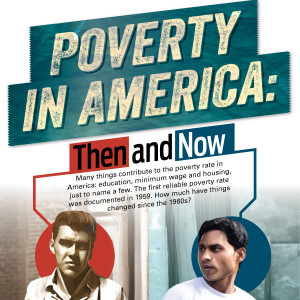The United Nations, large NGOs and lots of big corporations are gearing up to tell the world that we can eradicate global poverty by 2030. As a new paper by the economist David Woodward confirms, however, this claim is so far from reality that it deserves the label of cynical hype.
The UN is currently coordinating a grand manoeuver of immense complexity. In order to agree to a new generation of global development outcomes called the Sustainable Development Goals, they are conducting a dizzying array of meetings with everyone from governments to NGOs to multi-national corporations like KPMG and Microsoft. The public isn’t very aware of all this yet even though its been going on for almost two years, but it will most likely break into the mainstream news agenda sometime in the late summer, just before a meeting of Heads of State in New York in September when the formal agreement will be signed.
As part of the build up to this, most of the players have agreed on a set of talking points in an effort to engage the public. At the heart of these are two ideas: that poverty has been halved in the last 15 years, and that we can eradicate it by 2030. It’s a wonderful, hopeful sentiment that no-one could possibly be against, right?
Unfortunately, even a cursory understanding of the data shows it is little more than hype, designed to rally public support behind a ‘business as usual’ political agenda that wants to distract attention from the structures and conditions in our global political economy that cause mass poverty in the first place.
Here are four critical flaws at the heart of this story.
1. The meaning of “poverty eradication”

